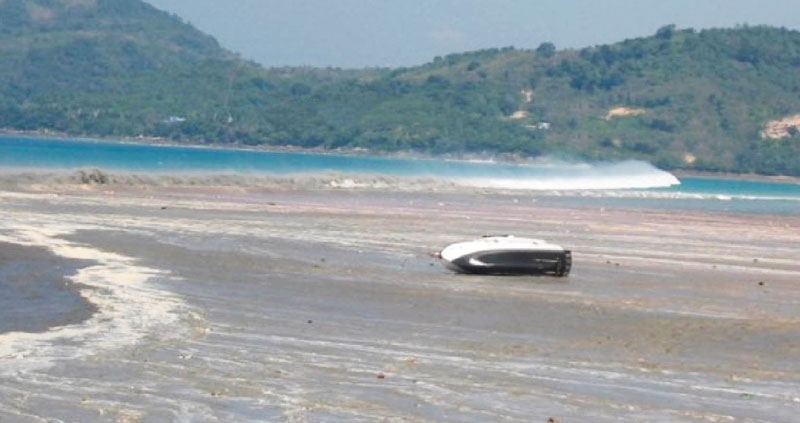Types of Warnings: Natural & Official
Natural warnings are often the first sign of a tsunami and reacting to them could save your life. Official warnings are equally important but if you are concerned there might be a tsunami on the way DO NOT WAIT FOR AN OFFICIAL WARNING.
Evacuate immediately!
Natural Warnings
GROUND SHAKING, a LOUD OCEAN ROAR, or the WATER RECEDING UNUSUALLY FAR exposing the sea floor are all nature’s warnings that a tsunami may be coming. If you observe any of these warning signs, immediately walk to higher ground or inland. A tsunami may arrive within minutes and damaging surges are likely to occur for at least 12 hours or longer. Stay away from coastal areas until officials permit you to return. Listen to Dr. Lori Dengler as she provides tips on how to know if a tsunami is approaching.
Official Warnings
You may not feel a large earthquake from far away. Notifications that a Tsunami Warning has been issued may come via reverse calling (make sure to sign up for County alerts), Wireless Emergency Alerts, TV, radio stations, door-to-door contact by emergency responders, NOAA weather radios, or in some cases, by outdoor sirens and announcements from airplanes. Move away from the beach and seek more information without using a phone. Tune into local radio or television stations for more information. Follow the directions of emergency personnel who may ask you to evacuate low-lying coastal areas. Warning Centers are important partners in official warnings. Listen to Dr. Lori Dengler as she describes the steps and processes these warning centers take.

